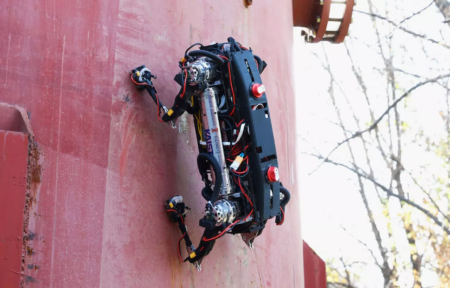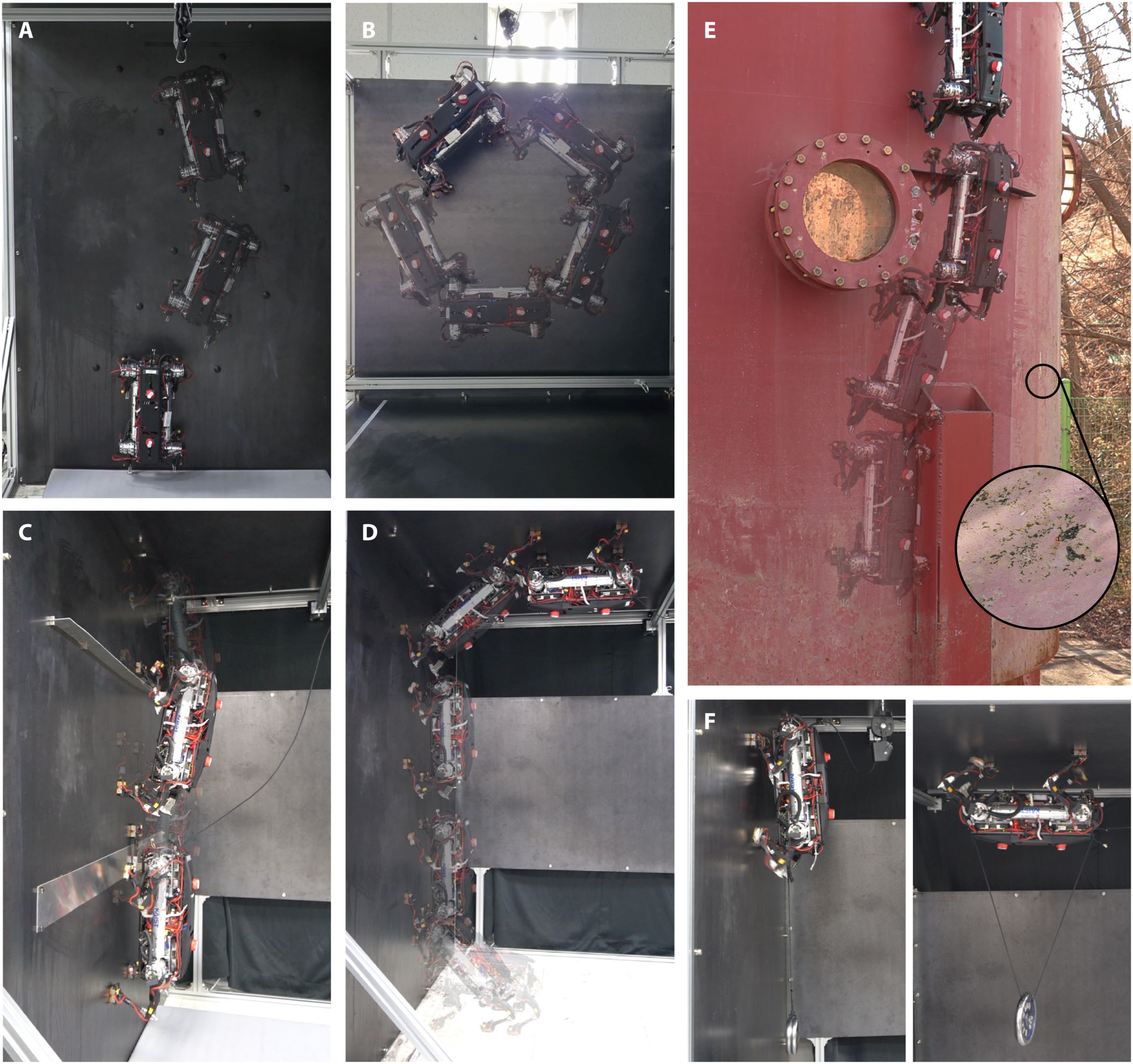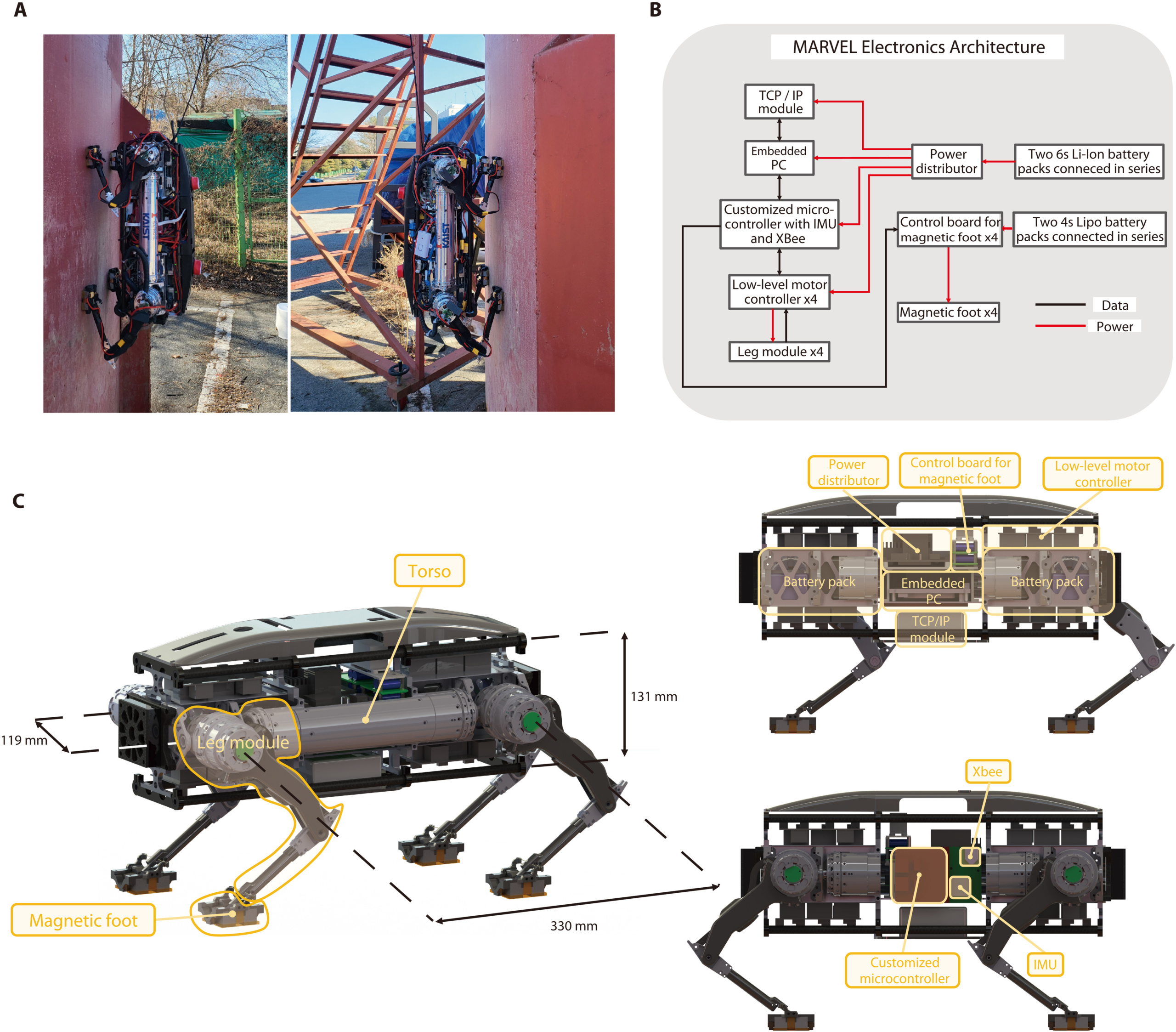
Researchers from the Korea Advanced Institute of Science and Technology (KAIST) and a colleague from the University of Illinois have created a robot called Marvel: it has four legs with electromagnets, so it can climb metal walls and ceilings, thereby simplifying the maintenance process in certain industries.
Marvel is designed for hazardous maintenance work on large metal structures such as oil tanks, bridges and water towers. It uses a combination of magnetic elastomers and electromagnets to magnetize and demagnetize as needed, allowing the robot’s legs to hold on to surfaces or take steps.

Before work, Marvel, like a cat, carefully checks the surface with its front paws to make sure of its stability.
In the laboratory, the work managed to overcome gaps with a width of 10 cm and obstacles with a height of 5 cm, as well as to move from horizontal to vertical surfaces and vice versa. The robot can also carry a payload weighing up to 3 kilograms.
Course
MANAGER OF WORK WITH CLIENTS
Become a sought-after specialist and receive your dream offer.
REGISTER!

In real-world testing, the Marvel climbed a dusty and rusty storage tank at 0.35 meters per second without issue. If necessary, the robot can accelerate up to 0.7 meters per second.
Previously, Raphael Züfferei from the Swiss Federal Institute of Technology in Lausanne and his colleagues created a robot bird with huge claws: it has a wingspan of 1.5 meters and weighs 700 grams; in the future, it can be used to collect samples in hard-to-reach places or to study wildlife in its natural environment.
Source: Science, Techspot




